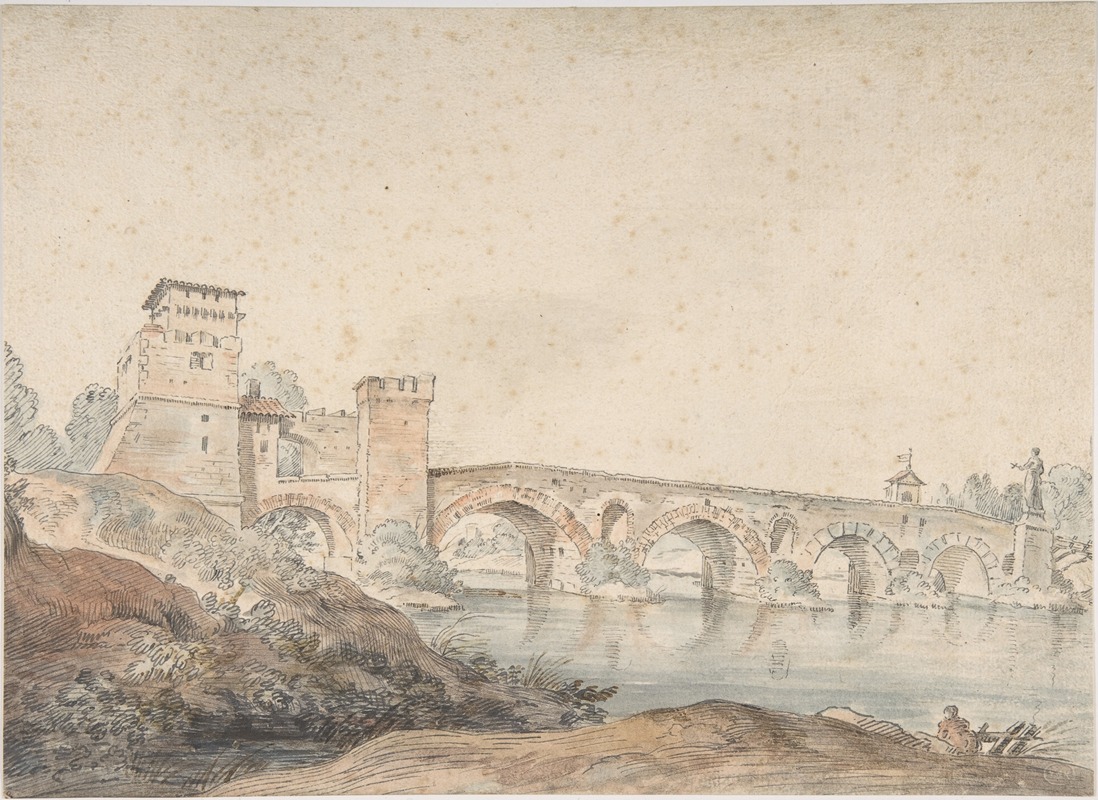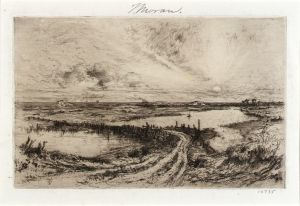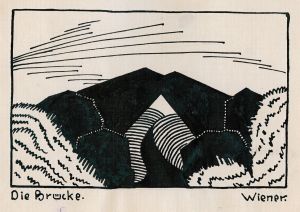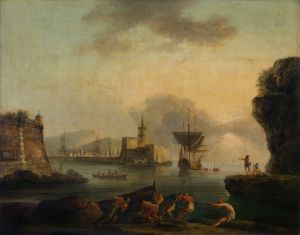
Ponte Molle, Rome
A hand-painted replica of Claude-Joseph Vernet’s masterpiece Ponte Molle, Rome, meticulously crafted by professional artists to capture the true essence of the original. Each piece is created with museum-quality canvas and rare mineral pigments, carefully painted by experienced artists with delicate brushstrokes and rich, layered colors to perfectly recreate the texture of the original artwork. Unlike machine-printed reproductions, this hand-painted version brings the painting to life, infused with the artist’s emotions and skill in every stroke. Whether for personal collection or home decoration, it instantly elevates the artistic atmosphere of any space.
Claude-Joseph Vernet was a prominent French painter known for his landscape and seascape paintings. Born in Avignon in 1714, Vernet became one of the most celebrated artists of his time, particularly noted for his ability to capture the atmospheric effects of light and weather in his works. Among his many paintings, "Ponte Molle, Rome" is a notable piece that exemplifies his skill and artistic vision.
"Ponte Molle, Rome" depicts the Ponte Milvio, an ancient bridge in Rome that spans the Tiber River. The bridge, known in Italian as Ponte Molle, has a rich history dating back to its original construction in 206 BC. It has been a significant site throughout Roman history, serving as a vital crossing point and playing a role in various historical events, including the famous Battle of the Milvian Bridge in 312 AD.
Vernet's painting captures the bridge in a serene and picturesque setting, showcasing his mastery in rendering both architectural elements and natural landscapes. The composition likely includes the bridge itself, the flowing waters of the Tiber River, and the surrounding Roman countryside, all bathed in the soft, diffused light that Vernet was known for. His attention to detail and ability to convey the mood of a scene are evident in the way he portrays the interplay of light and shadow, as well as the textures of the natural and man-made elements within the painting.
The painting reflects Vernet's deep appreciation for the classical landscapes of Italy, a country where he spent a significant portion of his career. After moving to Rome in 1734, Vernet was influenced by the Italian masters and the breathtaking scenery of the Italian countryside. This influence is apparent in "Ponte Molle, Rome," where Vernet combines his French artistic sensibilities with the grandeur and history of the Italian landscape.
Vernet's work was highly sought after by collectors and patrons across Europe, and his paintings were known for their ability to transport viewers to the idyllic and often dramatic scenes he depicted. "Ponte Molle, Rome" is no exception, as it invites viewers to experience a moment of tranquility and beauty along the historic Tiber River.
Throughout his career, Vernet received numerous commissions from aristocrats and royalty, further cementing his reputation as a leading landscape painter of the 18th century. His works, including "Ponte Molle, Rome," continue to be admired for their technical precision, atmospheric quality, and the way they encapsulate the essence of the locations they portray.
In summary, "Ponte Molle, Rome" by Claude-Joseph Vernet is a testament to the artist's ability to blend natural beauty with historical significance. The painting not only highlights Vernet's technical prowess but also his deep connection to the landscapes of Italy, making it a valuable piece in the study of 18th-century European art.


















